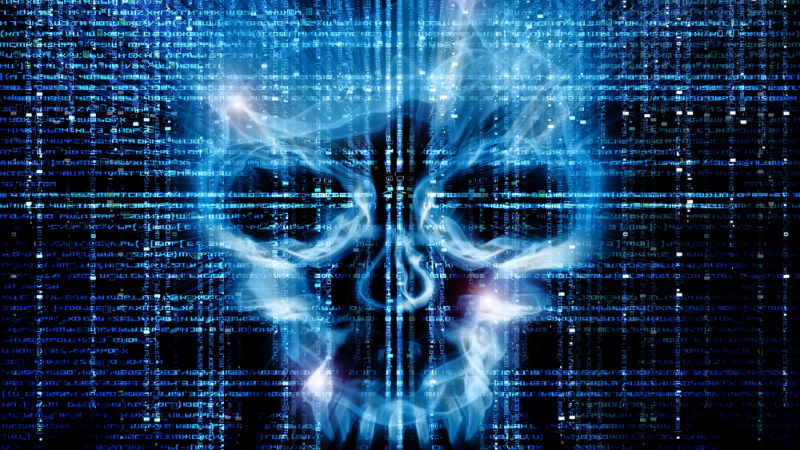The cyber landscape in 2024: AI, cyber attacks and disinformation
AI drives attention, and disinformation risks demand action

Only a few months into 2024, experts had already recorded numerous cyber attacks on companies and government institutions - a taste of the technological threats that states, companies and societies will have to prepare for this year.
And with the rise of Artificial Intelligence (AI), cyber attacks hold the potential to reach a completely new dimension, with attacks poised to happen faster, more frequently and more effectively as a result of the use of AI.
In fact, according to the World Economic Forum’s Global Risk Index, “Lack of cyber security ranked fourth among the greatest risks to humanity, with the number one threat claimed to be the spread of false information or disinformation campaigns.
Senior Vice President and General Manager for EMEA at Splunk.
Cyber attacks and disinformation to both rise
The potential extent, scale, and speed with which technology can be used to disrupt organisations and information flows is unprecedented. AI tools hold the potential to allow bad actors to carry out traditional cyber attacks as well as more effective disinformation campaigns via social media and other platforms, even with limited resources.
Large, well-organised groups, often suspected of being nation-state-linked, have used cyberattacks to disrupt everything from business operations to civil infrastructure. This is alongside AI being used for disinformation campaigns, hacktivism, and sabotage. Disinformation currently stands to become an integral part of national conflicts and may affect important elections in different parts of the world.
In my view, this year will see more intense and diverse cyberattacks and disinformation campaigns with commercial and economic motives, but also more targeted attacks on individuals, brands, and their reputations.
Ensuring your business is prepared for increased threats
There is no one-size-fits-all defense solution against cyberattacks or disinformation.
Are you a pro? Subscribe to our newsletter
Sign up to the TechRadar Pro newsletter to get all the top news, opinion, features and guidance your business needs to succeed!
When developing protection against cyber attacks, organizations and governments should ensure that the ‘fundamentals’ of cyber hygiene are in place and consistently applied. National and local authorities must focus on strengthening cyber defenses and work closely with experts to ensure they have the right strategies in place to both identify, defend and pretend cyber threats This includes a comprehensive and organized exchange of cyber knowledge, carrying out regular testing, the implementation of basic cyber hygiene and the use of powerful security and monitoring tools.
Certain organizations should also concentrate on assessing the risk potential of threatened targets, defining which parts of the infrastructure, e.g. financial institutions, industrial capacities, power grids, telecommunications networks, etc. are primarily worth protecting. Organizations must take appropriate security measures and notify relevant national authorities of serious incidents.
It's important to note that AI technologies, while complicating the context of cyber threats and disinformation, will also have a more positive role to play in cyber defense. In the coming years, various AI-powered tools will help to identify, assess, triage, and mitigate both traditional cyber attacks and disinformation via real time automation, meaning anomalies can be managed at a scale and speed that human beings could not manage alone.
The fight against disinformation will be particularly challenging, requiring wider education on how attackers work, how to recognize fake information and the steps to take to limit misinformation from spreading. It will require companies, governments, and individuals to all play a role.
Final words
Cyber attacks aren’t going anywhere, and as the technology we use continues to transform, so will the attack landscape in tandem. While it's an ongoing battle, government and industry have proven adept at adapting to protect our IT infrastructures. And with the rise of disinformation campaigns this year, I expect governments, businesses, and citizens to work together effectively to adjust to this new reality, finding ways of overcoming digital disinformation more effectively.
We've featured the best online cybersecurity course.
This article was produced as part of TechRadarPro's Expert Insights channel where we feature the best and brightest minds in the technology industry today. The views expressed here are those of the author and are not necessarily those of TechRadarPro or Future plc. If you are interested in contributing find out more here: https://www.techradar.com/news/submit-your-story-to-techradar-pro
Petra Jenner is Senior Vice President and General Manager for EMEA at Splunk.